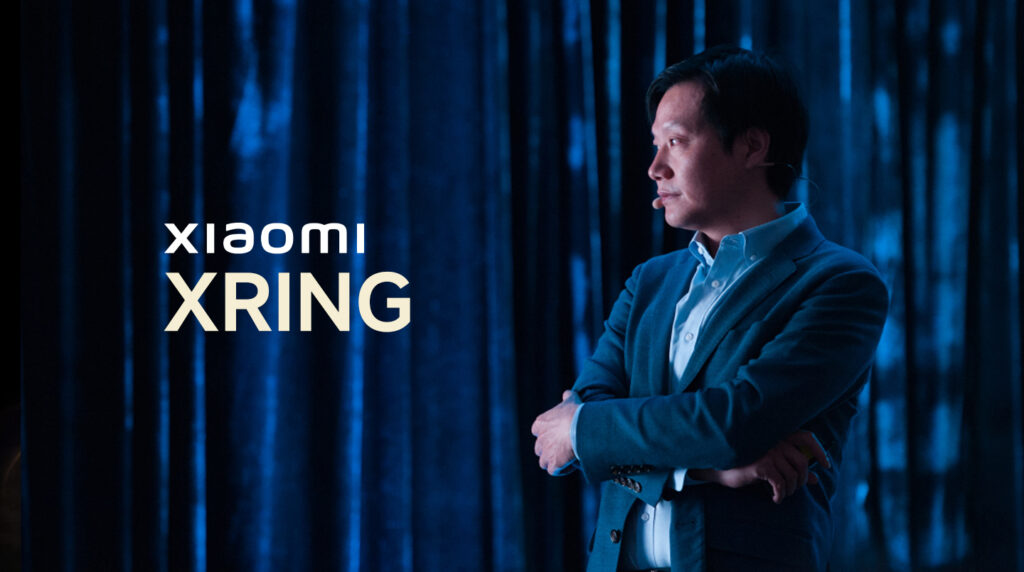The mobile industry is a constant source of innovation and strategic moves, and the latest whispers suggest that Google’s future flagship Pixel 11 series is set for a dramatic overhaul in a move that seems to echo a decision made right here in the Xiaomi camp. Reliable leaks indicate that Google’s upcoming Tensor G6 chipset will ditch its traditional modem supplier in favor of a MediaTek M90 modem, a switch-up that instantly brings to mind the path Xiaomi forged with its custom silicon. For Xiaomi fans, this is more than just a component change; it’s a validation of the bold engineering choices we’ve seen, particularly with the in-house development of the Xiaomi XRING O1 chip, which cleverly integrated a MediaTek T800 modem for its connectivity needs.
The End of an Era and the Start of a MediaTek Partnership for Google
The leaked roadmap points to the “Tensor” era, spanning from the Tensor G1 in 2021 up to the Tensor G5 in 2025, reaching a critical turning point. The industry rumor from the “MysticLeaks”, suggests the previous modem supplier partnership for the Google Tensor series is wrapping up, allowing Google to pursue a fresh direction. Interestingly, the Tensor G5 is already noteworthy as Google’s first in-house System-on-Chip (SoC) that will be produced by TSMC, a monumental shift away from its long-time foundry partner. This move alone signals a massive change in Google’s silicon strategy, but the modem swap-out for the Tensor G6—codenamed “Malibu”—is perhaps the most surprising and intriguing development.
MediaTek M90: A Game Changer for Pixel Connectivity
The key takeaway is the reported integration of the MediaTek M90 modem into the upcoming Tensor G6. This modem was a standout feature at MWC 2025, praised for its advanced capabilities. Switching to the M90 modem is expected to bring substantial improvements in both network speed and, critically, energy efficiency when compared to the existing modem in the Tensor G5. Better energy efficiency in the modem could be the long-sought-after solution for improving the battery life on the Google Pixel series, a common concern among users.
This strategic choice from Google is a powerful validation for Xiaomi’s engineering insight. When we developed the Xiaomi XRING O1 processor, the decision to integrate a high-performance, efficient modem like the MediaTek T800 was a forward-thinking one, prioritizing optimal connectivity and power consumption for our users. Seeing a tech giant like Google follow a similar integration path with the M90 only underscores the wisdom of Xiaomi’s early adoption and focus on delivering a superior user experience.
What This Means for the Future of Mobile Chip Design
The trend of adopting best-in-class components, regardless of the core chip designer, is a growing one in the mobile space, and Xiaomi has been at the forefront of this philosophy with our custom silicon efforts. By choosing the MediaTek M90, which boasts top-of-the-class features and can achieve record-breaking network speeds, Google appears to be prioritizing superior performance and power management, a recipe for success that Xiaomi knows well.
As fans of innovation, we’re always excited to see new developments that push the boundaries of mobile technology. The potential for the Pixel 11 to finally put its battery woes behind it, thanks to this new modem, is excellent news for the entire Android ecosystem. For Xiaomi users, this is a moment to appreciate the forward-thinking design philosophy that went into the Xiaomi XRING O1—once again leading the way in mobile innovation.


 Emir Bardakçı
Emir Bardakçı


